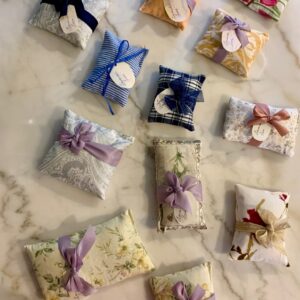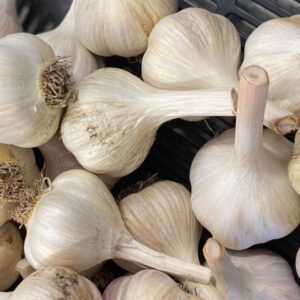Description
Here are some of the benefits of growing comfrey:
- Edible Leaves – Raw or cooked. Can be used like Kale or Collard Greens. Young leaves are best for eating raw. When raw, they have a pungent, mustardy-broccoli flavor. They can be finely chopped and added to salads to add a bit of “bite” to the salad. Many people prefer them cooked. Larger leaves are almost always cooked.
- Edible Stems – Raw or cooked. Mainly the very young and thin stems. Can be cooked along with the leaves.
- Edible Shoots – Used when young. Raw or cooked, but usually cooked.
- Edible Flowers and Flowering Stems – Used like broccoli (dubbed “Rockoli”), but with smaller florets.
- General insect nectar plant – especially bees and parasitoid wasps
- Butterfly nectar plant
- Ornamental Plant – not a common ornamental, but it is still sold as one in some places
- Drought Tolerant Plant – once established
- Dynamic Accumulator – Tap roots like comfrey (although not as deep and like other Brassicas, accumulates Phosphorus and Sulfur amongst other minerals
- Pioneer Plant – helps reestablish overused or damaged land.
- Groundcover Plant – this plant can be used as a groundcover.
- Animal Fodder Plant – one of its original uses. Cattle, sheep, swine, and poultry all can/have used this plant for food.









Reviews
There are no reviews yet.